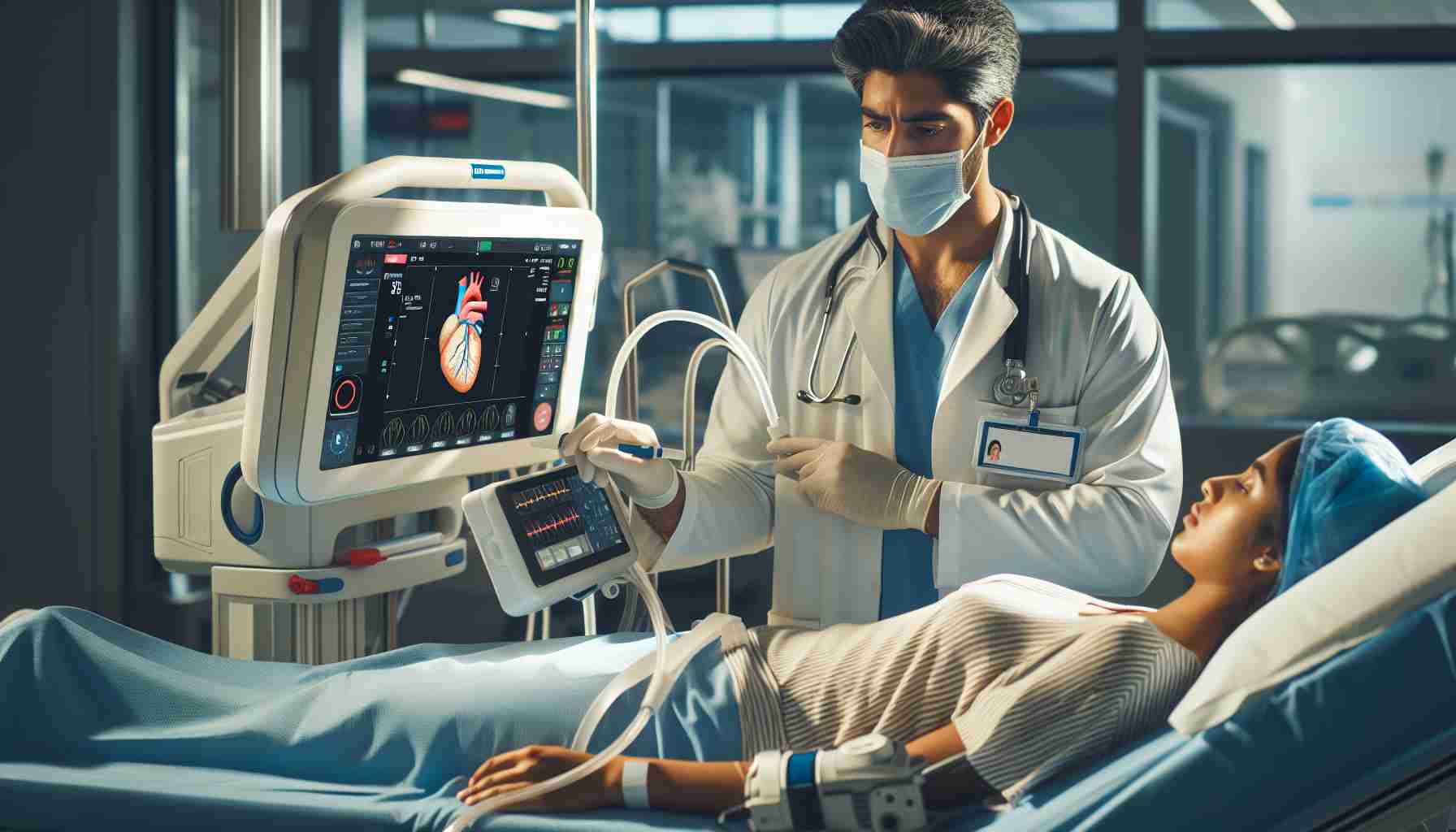Sentara Martha Jefferson Hospital in Albemarle County is revolutionizing patient care with a cutting-edge smartphone system designed to streamline the work of nurses. This initiative consolidates multiple functions into a single device, significantly improving efficiency in nursing tasks.
According to Patricia Scherle, the chief nursing officer, current practices require nurses to log on to dedicated PCs in patient rooms for documentation. However, with the introduction of these smartphones, each nurse can engage in patient care while also managing documentation seamlessly on a handheld device.
The smartphones are modified Apple iPhones equipped with the Epic documentation tool, enhancing connectivity and access to various resources. Jennifer Wray, the Director of Patient Care Services, highlighted that the mobile technology includes an internal communication feature named Mobile Heartbeat, promoting real-time collaboration among medical teams.
Moreover, the Rover technology allows nurses to input patient data directly from the bedside, integrating all necessary functions—from traditional PC systems to communication devices—into one accessible screen.
The primary objective of this new approach is to improve healthcare delivery and patient outcomes. Currently undergoing trials in select departments, the hospital plans to expand this initiative across all clinical areas, aiming to enhance patient experiences and ensure their safety.
Smartphone Integration in Healthcare: Tips and Insights
In recent times, the integration of technology in healthcare has transformed the way medical professionals operate. Sentara Martha Jefferson Hospital’s initiative to use smartphones for nursing tasks is just one of the many innovations proving beneficial in patient care. Here are some tips, life hacks, and interesting facts related to this exciting development.
1. Embrace the Benefits of Mobility in Healthcare
Mobile technology allows healthcare professionals to access patient information anywhere within the facility. This means less time walking between locations and more time spent with patients. To maximize this benefit, consider integrating other mobile tools that can aid in day-to-day tasks, such as medication verification apps and scheduling software.
2. Optimize Real-Time Communication
With tools like Mobile Heartbeat, nurses can communicate instantly with their teams. Encourage the use of group chats or dedicated channels for urgent updates. This fosters quicker decision-making and enhances teamwork. Explore options like secure messaging apps that are compliant with healthcare regulations.
3. Utilize Documentation Tools Effectively
The use of Epic documentation tools on smartphones represents a leap towards streamlined patient documentation. To effectively use such tools, regular training sessions are vital. Nurses should be comfortable navigating features that allow for voice-dictation or template usage to expedite documentation processes.
4. Enhance Patient Interaction
Mobile technology provides a unique opportunity to engage with patients. Nurses can share educational materials or answer queries right at the bedside, making interactions more meaningful. Train nursing staff on using educational apps that can present information in an accessible format for patients.
5. Data Input from Bedside Speeds Up Care
The ability to input patient data directly from the bedside can significantly reduce errors and improve the accuracy of records. Encourage nurses to conduct brief training sessions to familiarize themselves with the Rover technology, ensuring every team member can confidently use the system.
6. Safety First: Ensure Device Security
With the convenience of technology comes the need for robust security measures. Ensure that all devices used in clinical settings have password protection and necessary security software installed. Consider implementing remote wipe capabilities for lost or stolen devices.
Interesting Fact: The Rise of Telehealth
As we see smartphones enhancing patient care, it’s worth noting that telehealth services have surged in popularity. Virtual consultations reduce the need for physical visits and allow healthcare providers to manage a larger patient load effectively. For more information on telehealth advancements, visit AMA.
Final Thoughts
The future of healthcare is undoubtedly intertwined with technology. As hospitals like Sentara Martha Jefferson move forward with mobile integrations, the focus remains on improving patient outcomes and enhancing the quality of care. Adopting these tips can help healthcare professionals navigate this dynamic environment while ensuring patient safety and satisfaction. For further insights into healthcare innovations, check out Healthcare IT News.
















